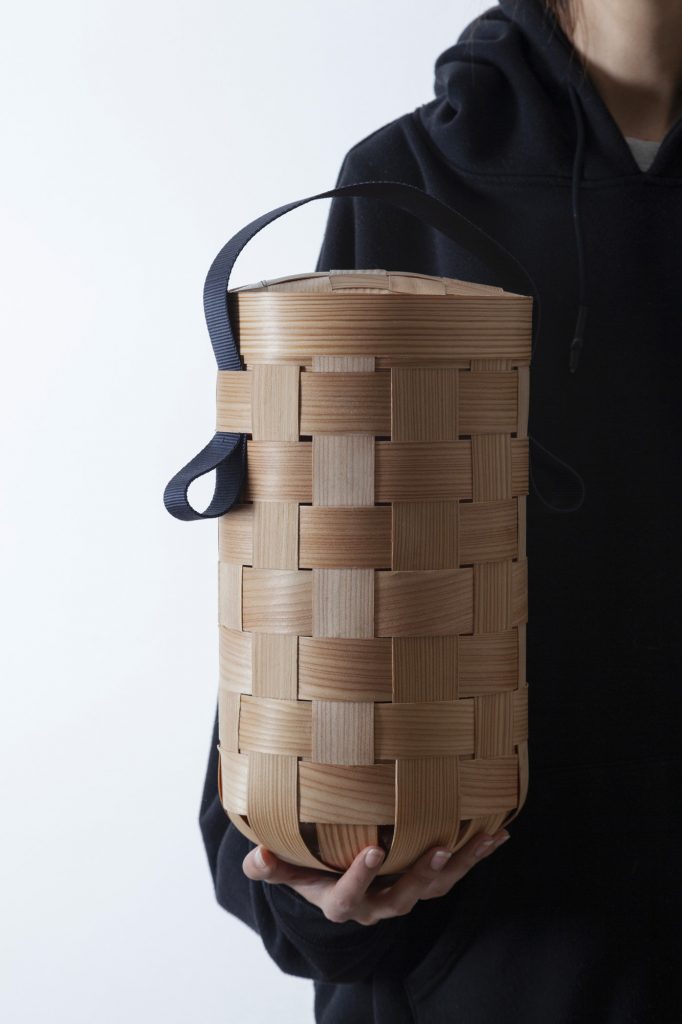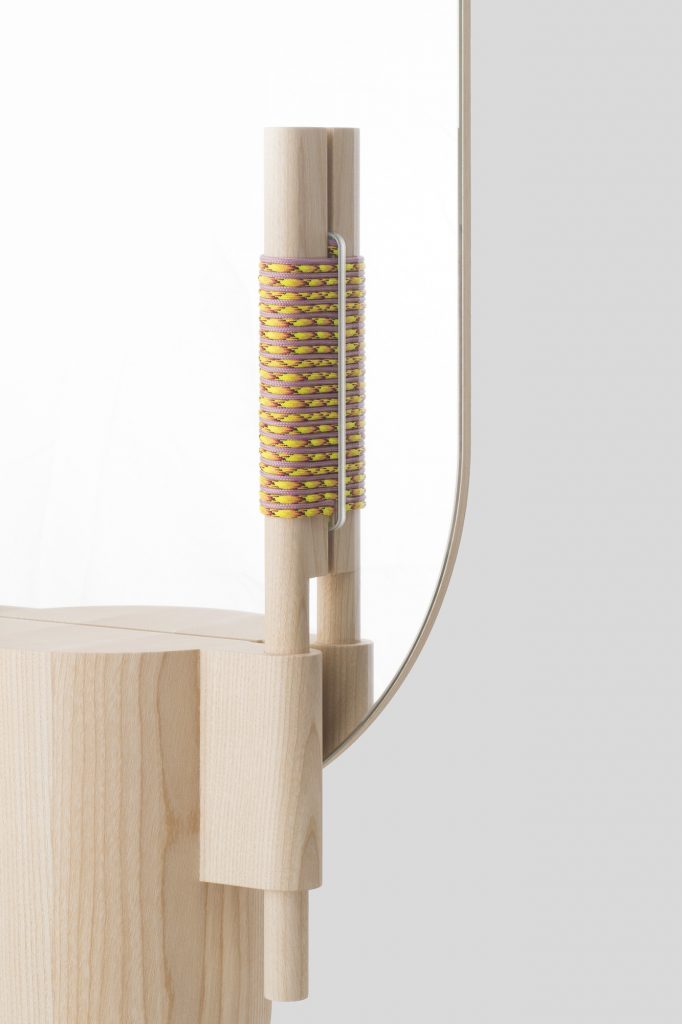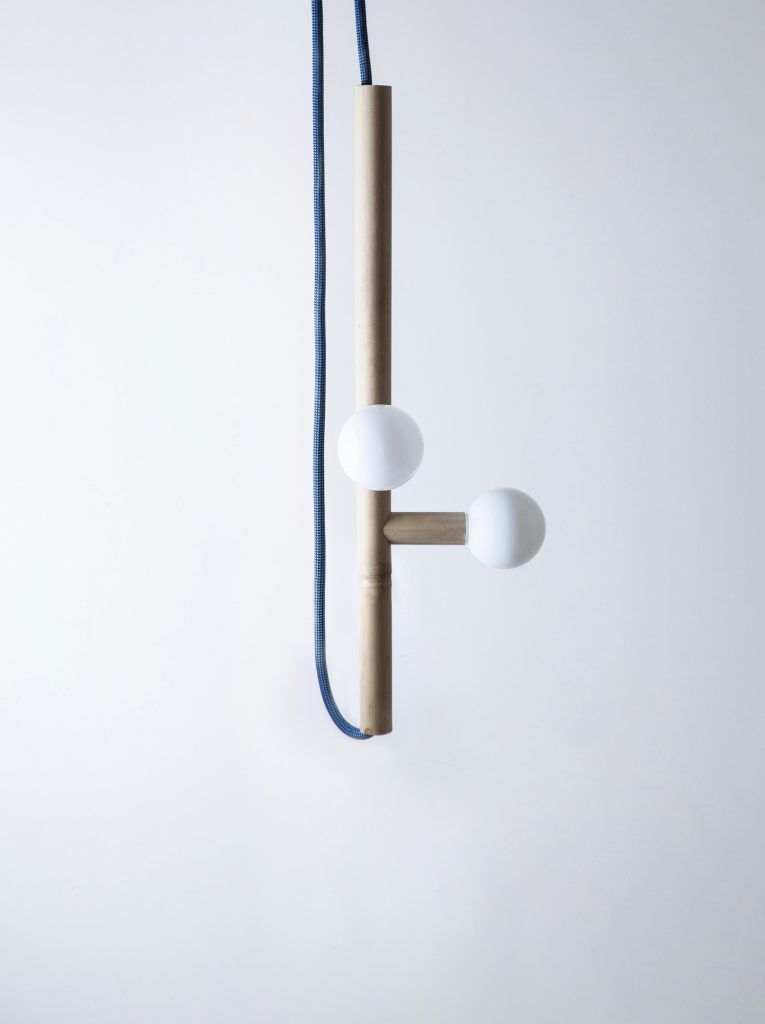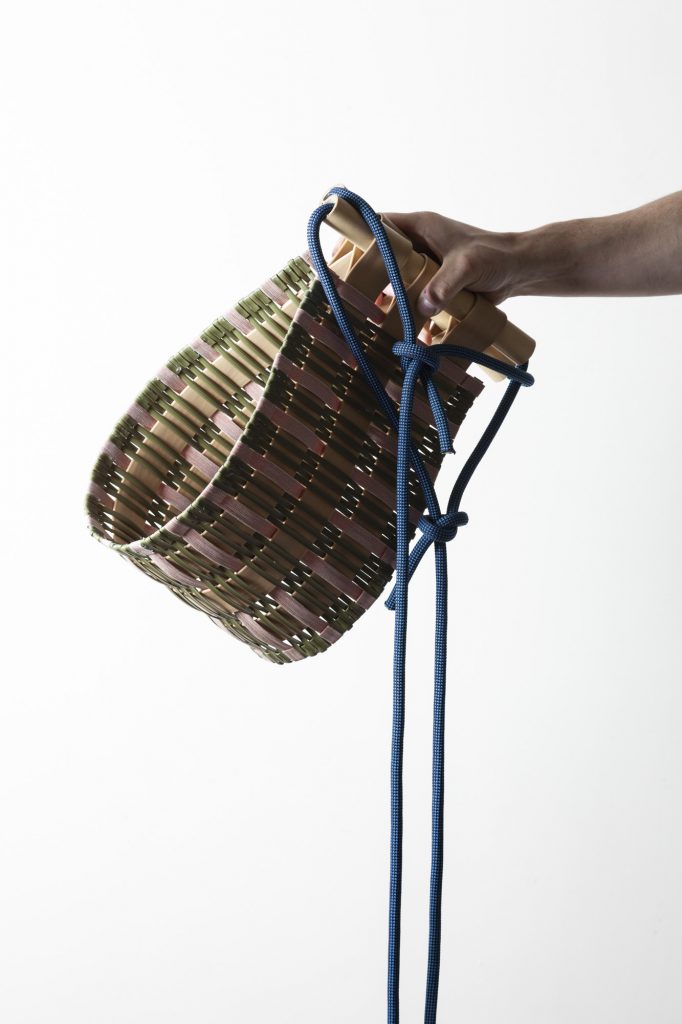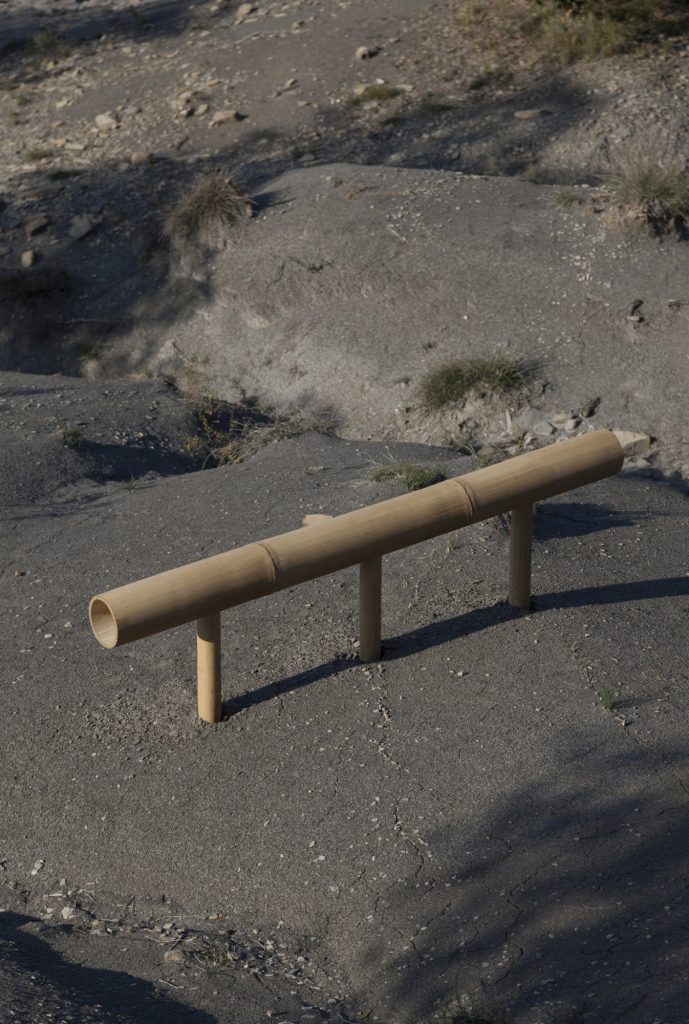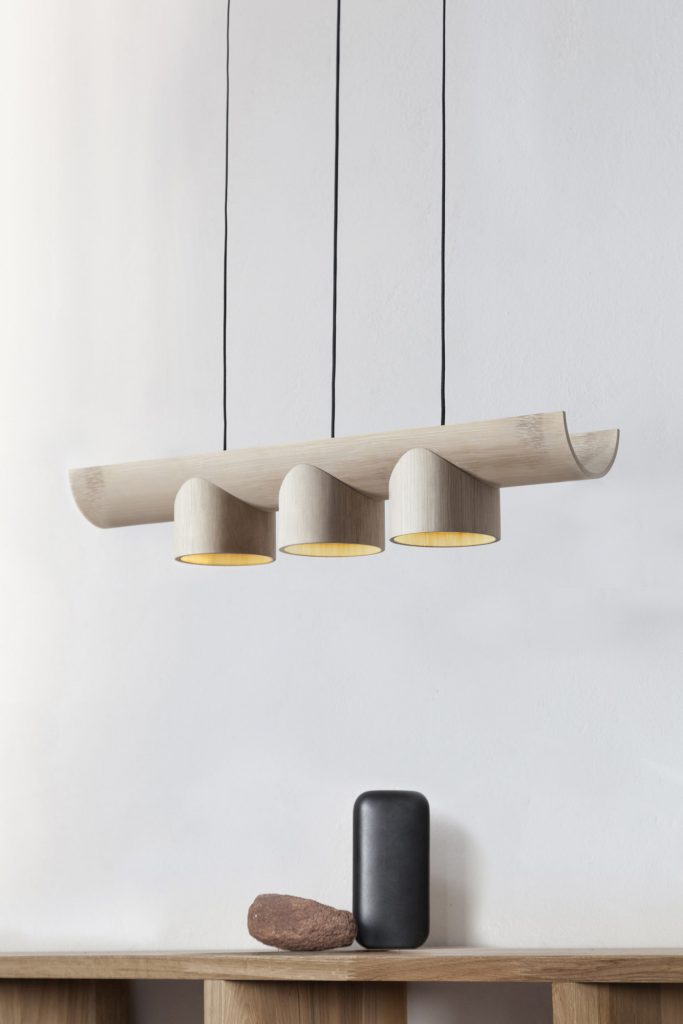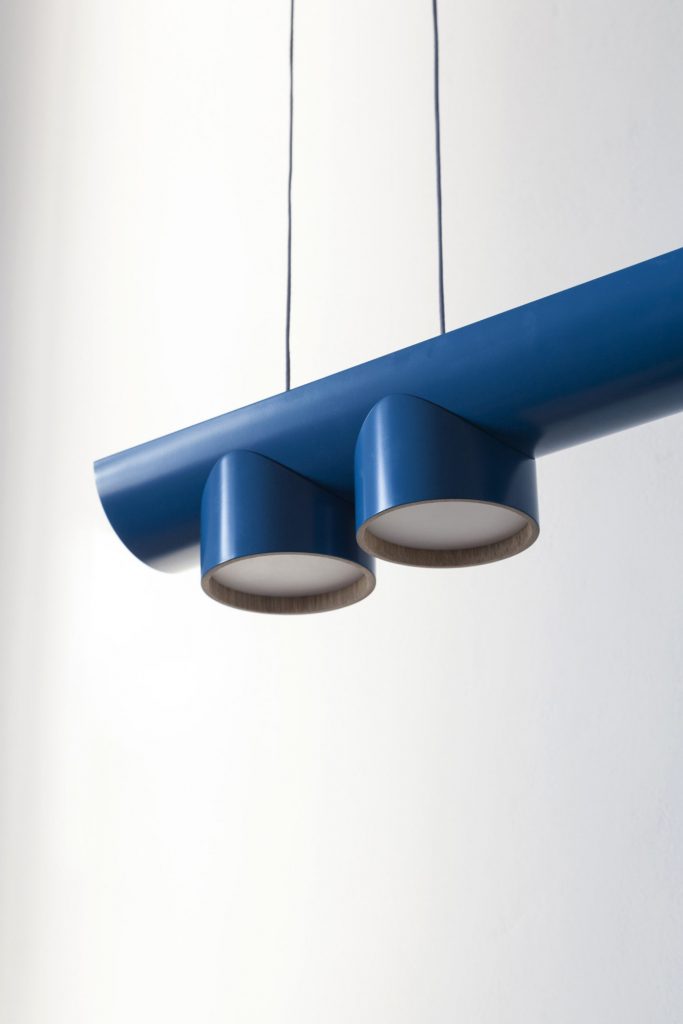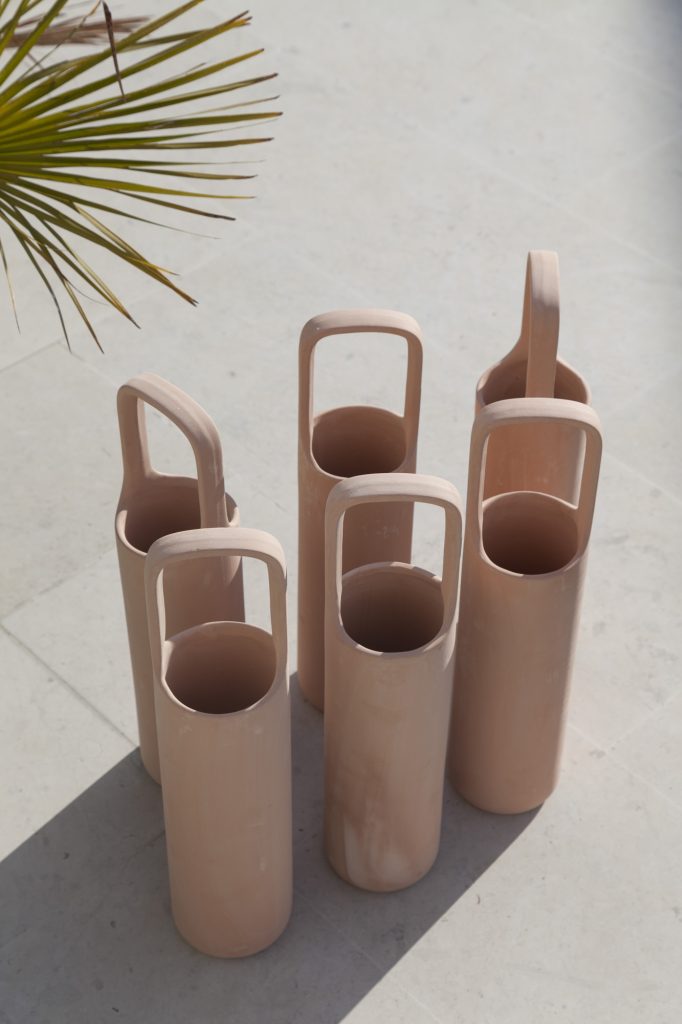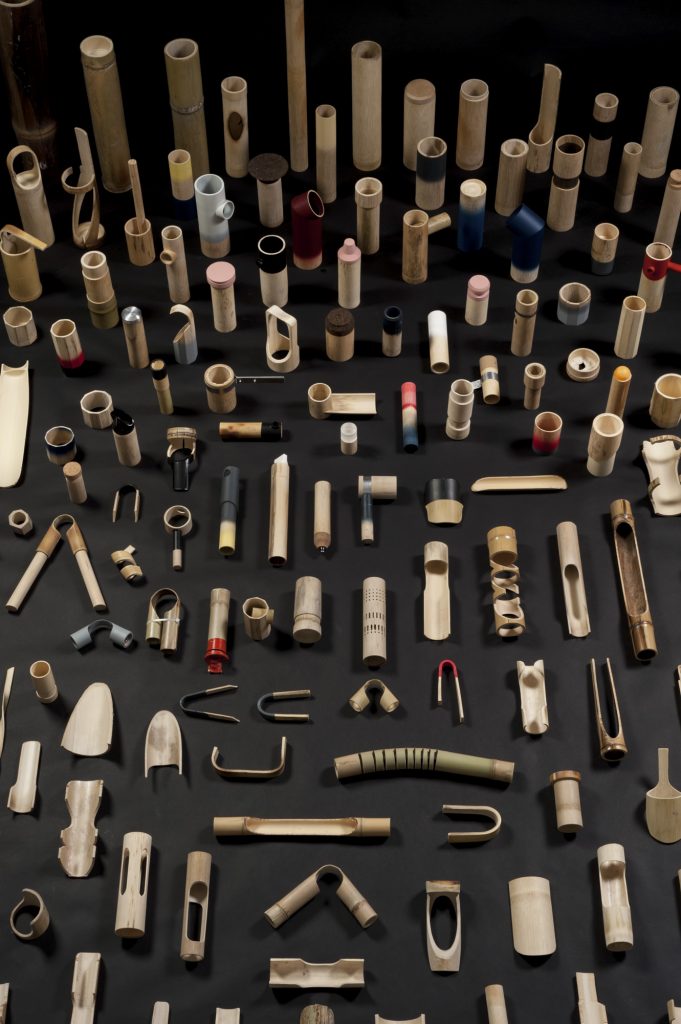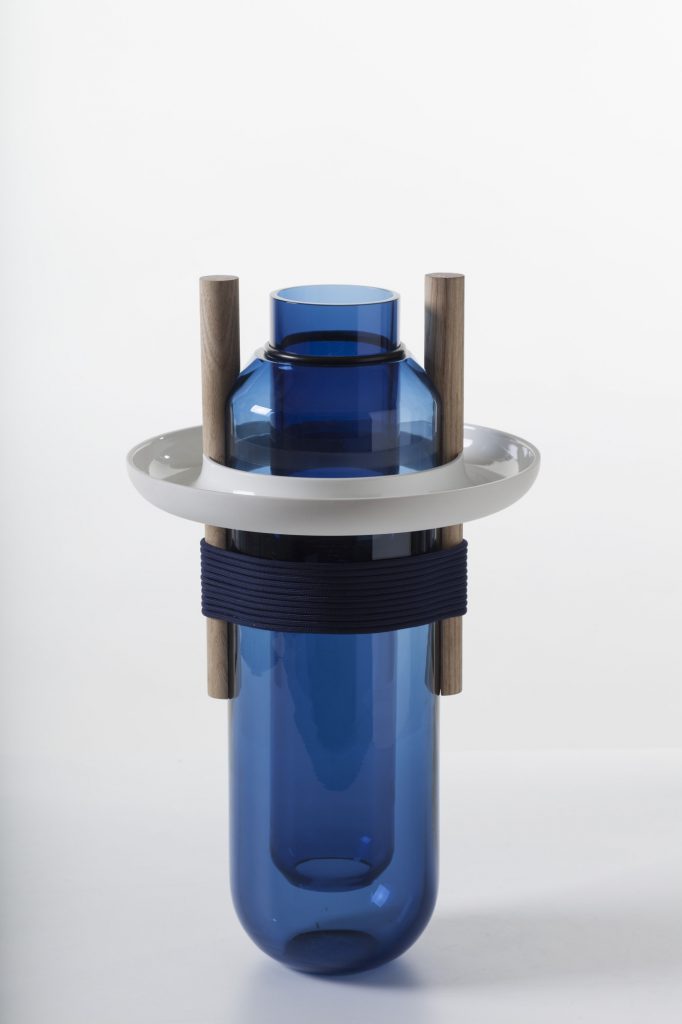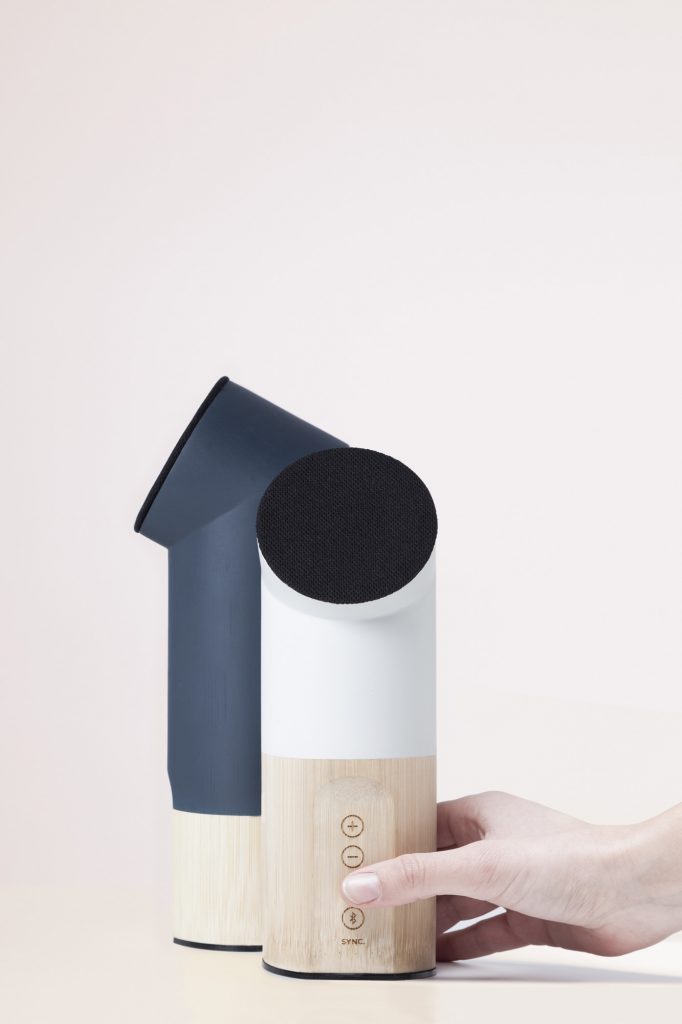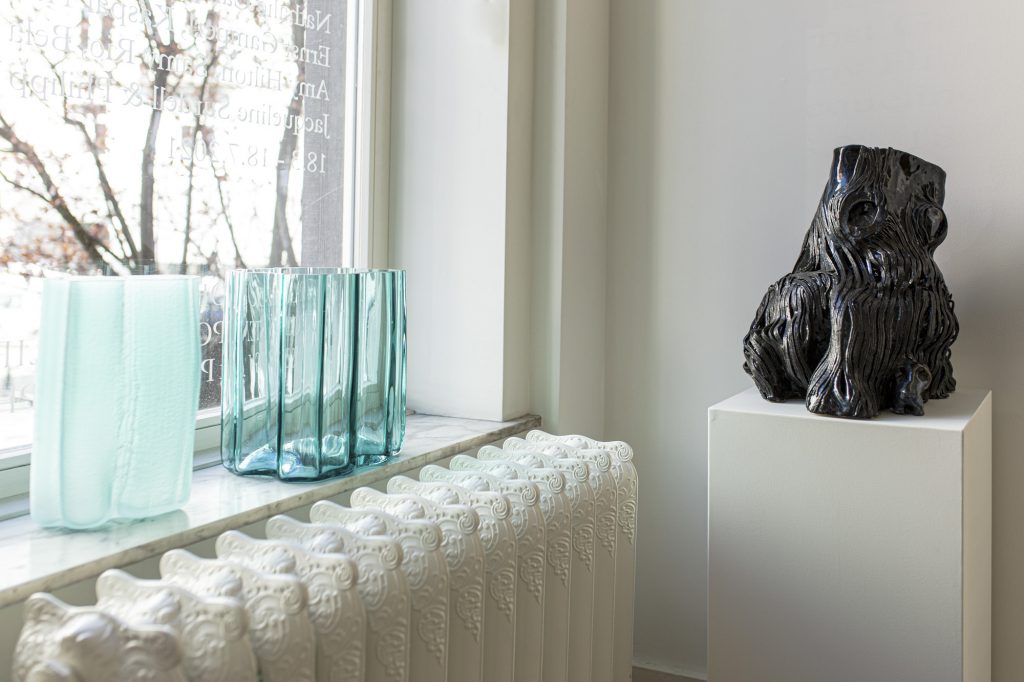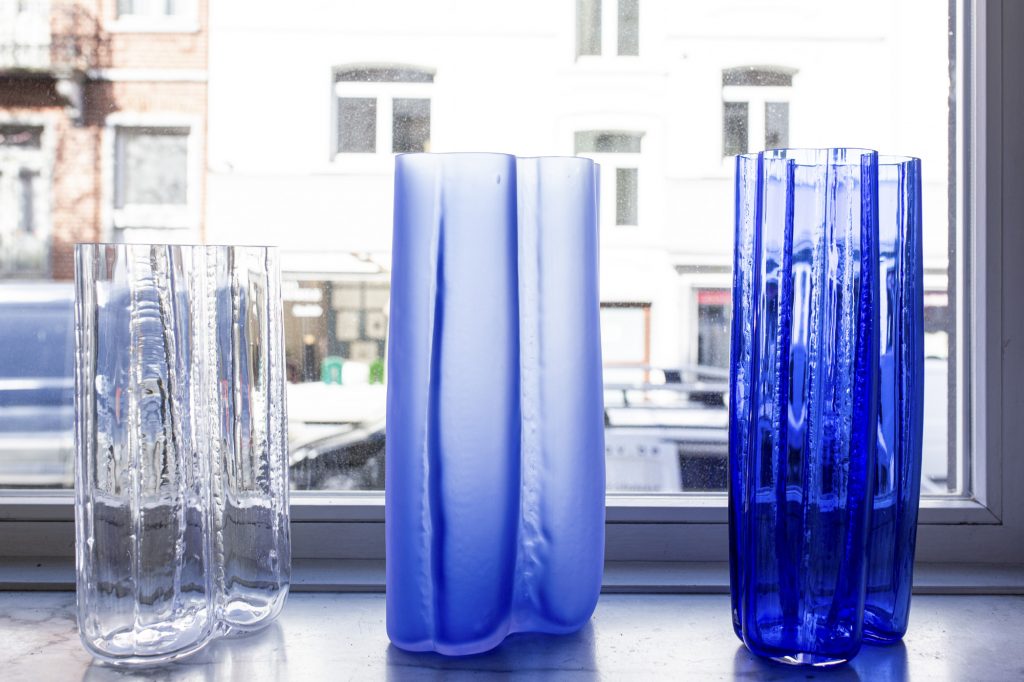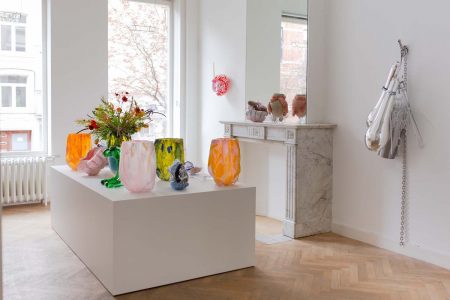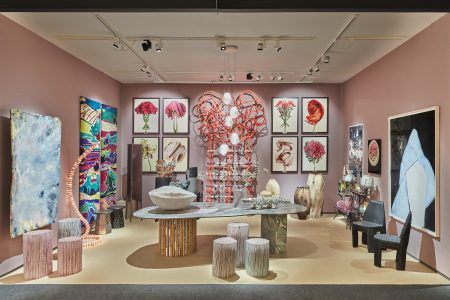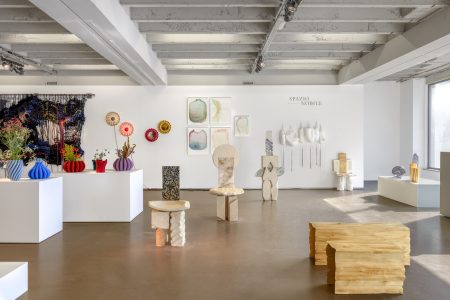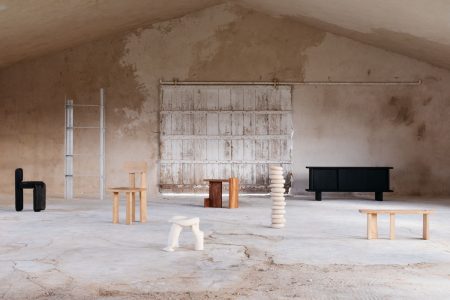Samy Rio: Looking Backwards, Moving Forwards
French designer Samy Rio creates objects that bridge traditional crafts and modern industrial processes through playful and functional material combinations.
French designer Samy Rio creates objects that bridge traditional crafts and modern industrial processes. Deceptively simple and clean in appearance, Rio’s works examine the role of design in reinterpreting sustainable practices through playful and functional material combinations, including bamboo with glass, and limestone with 3D-printed PLA plastic. TLmag speaks with the designer about his process of melding classic industrial design with natural materials, the joy of Basket Club, and the complementary nature of industrial and craft scales of production.
TLmag: Where did your interest in craft processes and industrial design come from?
Samy Rio (SR): It came from the two training courses that I did. In high school I trained professionally as a cabinet maker. That was a real introduction into the craft world. I worked as a cabinet maker for four years, and then I came across an industrial design course in Paris. So I have this dual background, where I work on a fine line between industrial design and craft, and most of the time I try to use one or the other in the services of an ecological project or an environmental idea. The thing is that today we know that we need to go back to a craft scale of production, but for me, we can’t just stop industrial production and return to craft. We really have to work with both of the possibilities that these opposite ways of working can offer if you put them together.
TLmag: Have you always had an affinity for figuring out how things work?
SR: Yes, as far as I remember. Even as a child I was constantly building things, trying to connect things together, which makes sense with me becoming a cabinet maker and then an industrial designer. But what I really found interesting in design is that you can connect so many materials and practices and people in a global project. That’s really amazing. But for me, if I want to do a good project, then I have to understand how it’s made and so I have to have a hands-on approach with the machines or the materials. When I get a new design project with a partner, I always ask to visit the factory and to speak with the operators and with the craftsmen there. Most of the time, if I can do it, I make a lot of models and prototypes for myself. Now with the basketry, I actually do more and more self-made and small-batch craft production.
TLmag: Can you tell me a bit about Basket Club?
SR: The Basket Club has been really amazing because I was doing basketry on my own to practice, and having a new brief every month helps you to have a routine and practice more. Having a new brief so often also means that you have to design and make things much faster than usual. So it’s super playful for designers. I’m one of the founders of the group, which started at the beginning of the first lockdown. We actually had a meeting last week to debrief after the past year, and speak about what we want to do with it in the future. We’re making an amazing exhibition in Japan, and we have funding to make an official website alongside the Instagram account, so it’s growing really fast. This also comes back to what I was saying about combining craft and industry, because we are doing crafts, but we are also using smartphones and cameras to share what we are making with the world. The duality is there, but for me it’s more complementarity than a duality.
TLmag: Your work seems to defy archetypes, as you combine craft techniques with modern design technologies, as well as traditional materials with industrial elements. Can you tell me a bit more about this approach?
SR: We know that we have been forgetting how to use materials and traditional ways of making things, because progress always pushes us to be innovative and competitive. But now facing global warming and with the world changing so fast, I think that a good way to be innovative now is to actually slow down and look at what we’ve left behind. But we also need to look for opportunities to mix it with all the new technologies we have access to. If you’re working with wood or clay, for example, we have traditional ways of working, but if you start to combine it with 3D printing or CNC, or other new tools that are available through industry, new hybrid practices can emerge. I think this is where the designer has to be a kind of ambassador, and this is what I’ve trained to do.
TLmag: How do you see design and craft as a medium for advocating sustainable practices?
SR: I think what makes the two practices – design and craft – opposite but complementary, is scale. Sustainable practice is really a matter of rescaling production, and considering where the production is taking place. For most people, industrial production is something a bit blurry that happens somewhere overseas, and our generation doesn’t have access to or knowledge about where or how things are made. Something as simple as a latex glove is an amazing piece of industrial design, but it’s something you use once and then throw in the trash. I think we need to look at what industrial production can offer. Of course we have been making bad decisions over the years, for different reasons, but industry is a tool that we can’t deal without today. But we need to rethink the scale of it, and make it work at a human scale and at the scale of the planet. We can say that there are good, natural materials and bad materials, like plastics or chemicals. For me, there is no bad material, there’s only bad design. If you use plastic to make an object, it’s going to last 1000 years. It’s a great material for objects that need longevity, whereas plant- or algae-based materials are great for single-use. We have to rethink materials and techniques, the places where things are produced, and we have to rescale the quantities of what we are producing.
TLmag: Can you tell me about your pieces in the Threads of Nature exhibition and how they connect to the theme?
SR: The first series of the vases was made while I was in Japan for a residency. I was working with bamboo for a few months, and I got the chance to meet some glass blowers. I quickly built a mould out of bamboo to blow glass into. I was not completely convinced about the result because it was only a one day workshop, but when I came back with the pieces the idea stayed in my mind for a long time. Lise [Coirier] saw the pictures on my website and asked if I could make a new series. Because of the pandemic, I couldn’t make the journey to the glassblower, so I fabricated the moulds on my own in my workshop. Then I sent them to the glassblower, but for the first time I wasn’t there to give advice or to try to control what the craftsmen were doing. So that was a new experience for me, but I’m quite happy with the results.
Samy Rio’s work is on display as part of Threads of Nature at Spazio Nobile Gallery until July 18.
All images provided courtesy of Samy Rio, unless stated otherwise.
